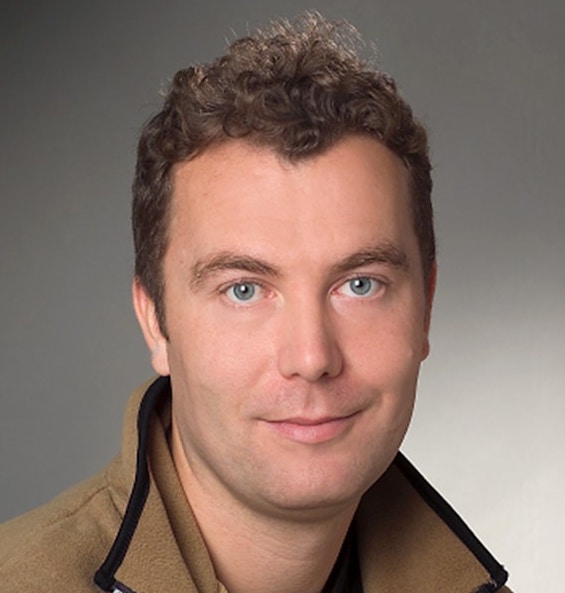- March 24, 2023
Hans Blom
Program Director Optical 3D microscopy for more effective diagnosis of kidney diseases. Docent in Biophysics at KTH. Head of the Advanced Light Microscopy (ALM) Unit, SciLifeLab

A new method developed by KTH researchers for advanced 3D sample preparation and 3D microscopy can make diagnosing kidney diseases more effective.
– A single tissue sample provides high resolution image material of the kidney that can be directly analysed in three dimensions. This new 3D microscopy makes current diagnostic processes more effective. Our method is quicker to perform – we can go from a kidney biopsy to ready images in five hours. The corresponding process used today takes 24 hours or more,says Docent Hans Blom.
In the existing electron microscopy method, sections of tissue samples are studied, although these sections provide only a fraction of the total information.
– This means you can easily miss a kidney diagnosis. In our new 3D method you can see the whole sample, and it uses simpler equipment, takes less time and requires less manual input. You only need one instrument instead of three, and one protocol instead of four, Blom says.
The research group at KTH now intends, in collaboration with clinical kidney researchers, to work on validating the protocol for broader clinical use.
Hans Blom obtained his M.Sc. in Engineering Physics from the Uppsala University, Sweden, in 1998, including studies at the Norwegian Technical University, Trondheim (94/95), the University of Bonn, Germany (96/97), and Yokohama National University in Japan (97/98). He obtained his Ph.D. from the KTH Royal Institute of Technology in Biophotonics in 2003, a collaboration with the Medical Physics group at Karolinska Institutet (98/03). Simultanously he also worked as a research engineer at Olympus in Tokyo, Japan (02). Between 2003-2005 he did a postdoc in Professor Stefan W. Hell’s group at the Max-Planck-Institute for Biophysical Chemistry in Göttingen, Germany, to develop super-resolution microscopy for single molecule analysis. Currently Hans is Docent in Biological Physics at KTH doing research in super-resolution imaging and its applications in life sciences. Since 2011 he is also working as Facility Head at the national bioscience hub SciLifeLab in Stockholm supporting Swedish scientists in need of super-resolution fluorescence imaging techniques.

